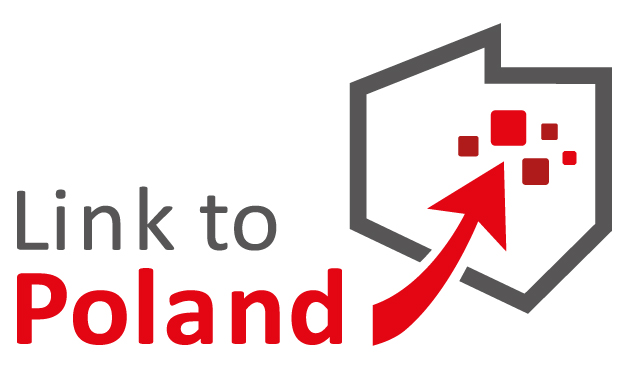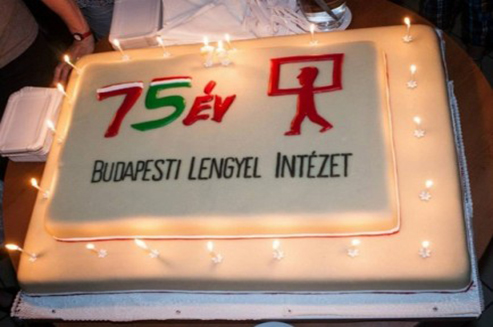The jubilee celebrations start on Friday 23 May with the unveiling of a large mural painting on the wall of a building near the Institute. The mural is the work of Polish and Hungarian artists and alludes to the traditional Polish-Hungarian friendship, freedom and Polish culture in Hungary.
In the evening the square in front of the Institute will come alive with concerts performed by Dagadana and Krzysztof Ścierański, a performance by a street dance theatre, exhibitions and tastings of Polish cuisine specialties. DJ Wika, a well-known animator of the Polish club scene, who is the same age as the Institute, will put after party goers in a good mood.
On the second day, the Institute’s premises will be turned into a recycling, cut-outs and sourdough bread workshops. Polish language teachers will give a Polish language demonstration lesson. The celebrations will finish with prizes awarded to the winners of a competition for the best article about Poland in the Hungarian version of Wikipedia and a jubilee treat.
All the guests to the jubilee celebrations can take a photo to commemorate the jubilee celebrations with an enlarged in wood and illuminated logo of the Institute made by a well-known Hungarian architectural studio.
The Polish Institute in Hungary was officially opened on 24 May 1939, a few months before the outbreak of WW II. During the war the Institute continued to function until March 1944, thanks to the kindness of the Hungarian authorities, even though the Polish Embassy had been closed. It represented a special case of promotion of Polish culture and language on the map of war-torn Europe. The Institute had over 100,000 Polish refugees in Hungary under its care; it ran publishing and education activities. After the war, it soon became one of the most popular sites on Budapest’s cultural map and a true testimony to the vitality of the Polish-Hungarian friendship.
It is estimated that around 17,000 people attended Polish language courses in the then Polish Reading Room in 1952-1981. Screening of Polish Film School’s works in the 1960s and 1970s drew huge crowds. In the decade that followed the Centre of Information and Polish Culture became an informal meeting place for the nascent Hungarian democratic opposition. Discussions in the Polish Philologists’ Club attracted Hungarian intellectuals, who after 1989 became prominent public figures. They were attended by the future Prime Minister József Antall and the future President Árpád Göncz.
Today, the Polish Institute in Budapest is engaged, on average, in 100 projects annually. Most of them are carried out together with prominent Hungarian partners. It is thus one of the most active foreign cultural institutes in Hungary. No doubt the Institute’s location, in the very heart of Pest at the elegant Andrássy Avenue which is has occupied for the last fifty years, is an asset. The Institute runs a library, a modern art gallery Platan and an art cellar Latarka. Each year around 120 people enrol in Polish language courses.
Source: Press Office Ministry of Foreign Affairs
Photo © Polish Institute in Budapest


